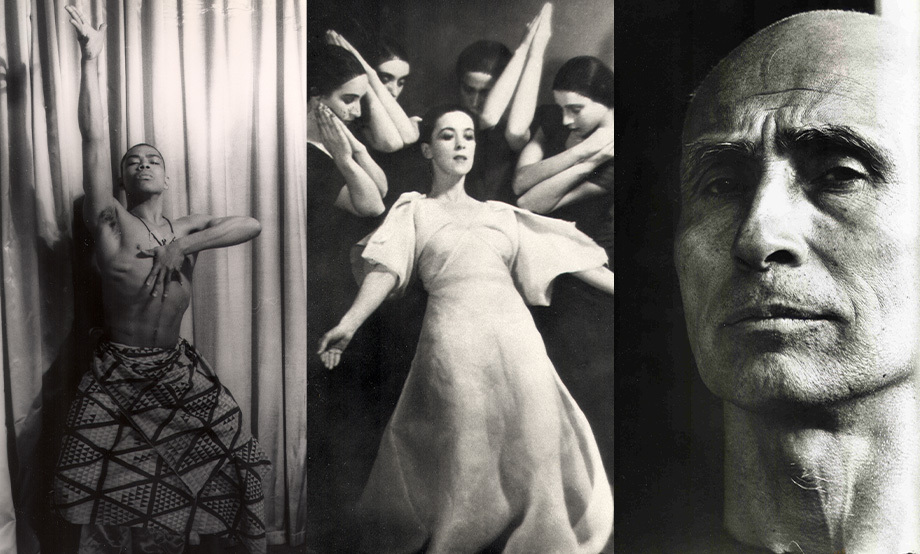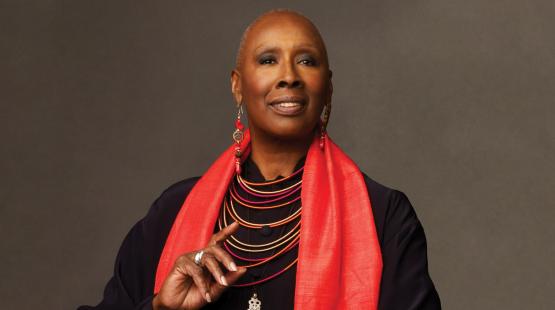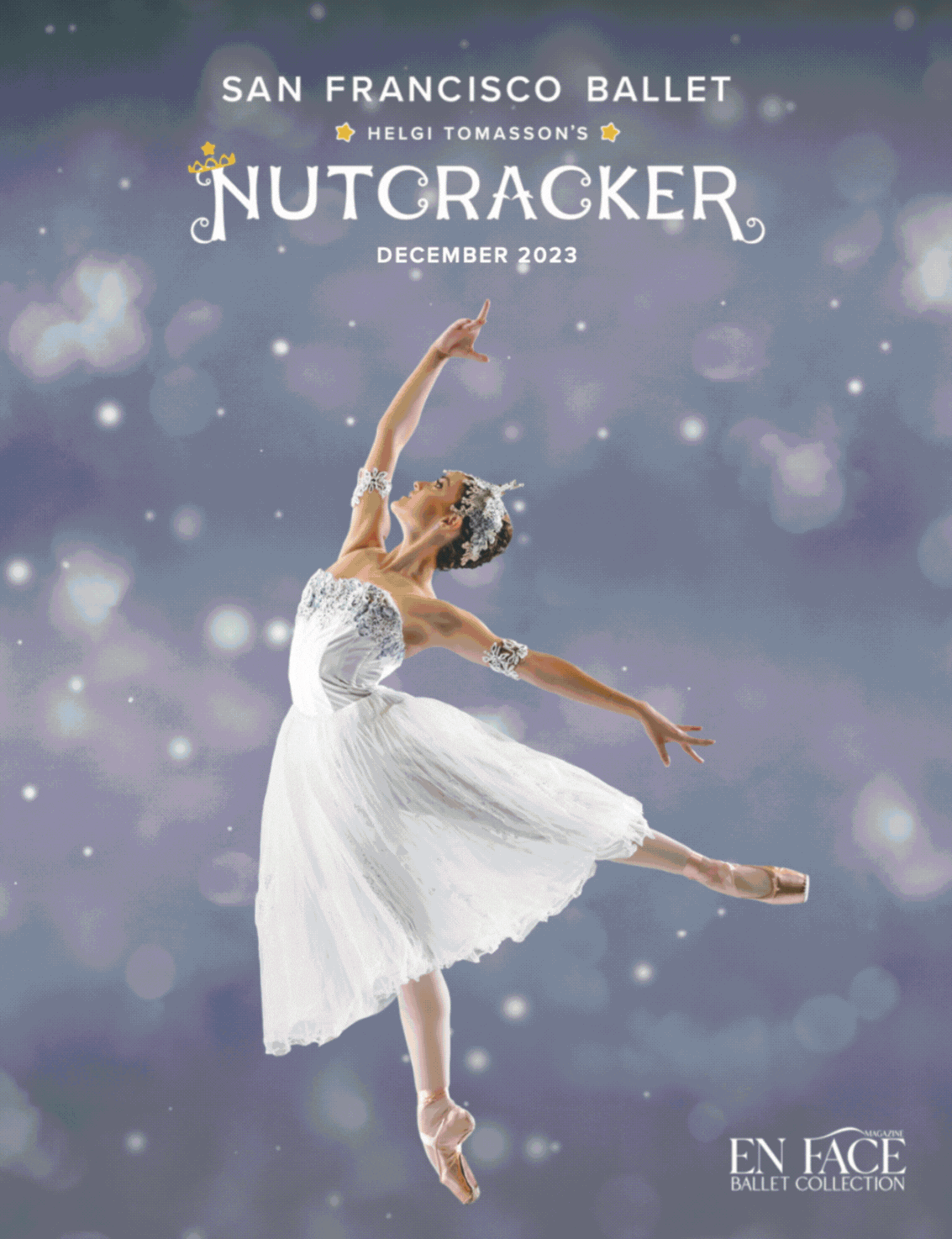This singular exhibition illuminates 92NY’s historical importance as a sanctuary space in which dance history is made. Immigrants, BIPOC, and Jewish dance artists from 1874, when 92NY first opened its doors, to 2024 have made 92NY home. In its early years, 92NY was one of the only places that offered access to dance studios, classes, lectures, and performances for people of all racial, ethnic, religious, or cultural backgrounds. Co-curated by Jessica Friedman, PhD, and Ninotchka Bennahum, PhD with Jeanne Haffner, PhD of Thinc Design.
Since its inception, The 92nd Street Y has welcomed and supported the leading lights of American contemporary dance, taking risks to nurture artists before anyone knew who they were, providing a space for people of all racial, ethnic, religious and cultural backgrounds to develop and present their work, when other doors were closed. 92NY became a place of refuge with the opening of Kaufmann and Buttenwieser Halls, offering open access to dance studios, classes, lectures, poetry readings, and performances. From the Afro-Diasporic roots of Katherine Dunham to the Soviet, Asian, and Caribbean choreographies of Si-lan Chen, 92NY luminaries challenged the emerging modern dance field to incorporate both cultural and national diversity. Dance as a force for belonging was echoed in the concert dance works selected by The Dance Center when it opened its doors in 1934 under the direction of exiled Habima artist Benjamin Zemach. Dr. William Kolodney succeeded Zemach the following year, remaining in his post until 1969.
The Milton J. Weill Art Gallery is open to patrons of Kaufmann Concert Hall during regularly scheduled events. Viewing hours are Monday, Wednesday, and Friday from 3 pm – 5 pm and Tuesday, Thursday, and Sunday from 9 am – 11 am. In addition, special viewing hours can be arranged.









